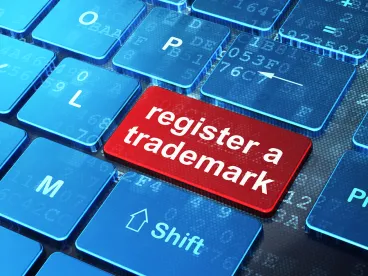Under the United States-Mexico-Canada Agreement (USMCA), the new trade agreement replacing the North American Free Trade Agreement (NAFTA), each nation is bringing its intellectual property laws in line with the new intellectual property standards in the agreement. Recently, Mexico added a use requirement for trademark owners stipulating that a trademark must be used within three years of obtaining a registration or else owners risk losing their registration. However, on the opposite side of North America, Canada recently changed its trademark laws to the opposite position: commercial use or an intention to use is no longer required to obtain a Canadian trademark registration. In doing so, Canada joins China, Europe and many South American countries that have long operated without a use requirement to obtain a trademark registration.
Under the changed Canadian law, a person may file an application for the registration of a trademark for goods or services if they propose to use the trademark in Canada in association with those goods or services. In other words, all an applicant needs is a proposed use for the mark, a much easier requirement for applicants to satisfy. This flexibility gives an entity unsure about whether it wants to use a mark in Canada the option to obtain protection for the mark before it makes a definite decision to move forward with the mark. Consequently, in the time since these changes were implemented, the Canadian trademark office has seen a substantial increase pendency times.
However, the ease of applying for a Canadian trademark registration has drawbacks as well. Now it is technically possible for nearly any entity from any country to obtain a trademark registration even if it never intended to use the mark. This leaves an opportunity for some entities to opportunistically “squat” on trademarks of others, and capture numerous trademarks in a given area and, thus, preclude others, even the true user/owner, from using those trademarks.
To counter this potential problem, entities can take two steps to ward off squatters:
-
Apply for a Canadian registration as soon as feasible
-
Use the mark in Canada as soon as feasible
The benefits of the first step are apparent: if an entity that is an actual user of a certain trademark files before a trademark squatter, the user need not worry about the squatter elbowing the user off its own intellectual property. As for the second step, using the mark as early as possible, while use or intended use is not a legal requirement to obtain a Canadian trademark registration anymore, using a mark does have other benefits. First, if an entity can show that it is using a mark prior to another entity’s trademark application for the same mark, the first entity has grounds to oppose the application of the second entity. Second, if the owner of a registration is a squatter and never actually uses the mark, the registration will be vulnerable to a non-use cancellation. Trademark rights still fundamentally rely upon use of the mark, even in Canada.




 />i
/>i
